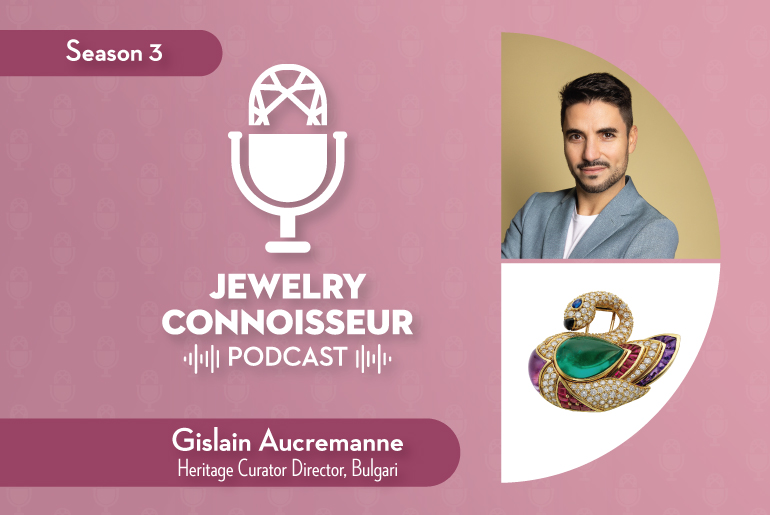In the second Instagram Live of a five-part series, Wim Vertriest talks colored-stone sourcing, from the deposit’s geological makeup to the environmental effects of extracting the goods.
As part of our sponsored series “Exploring Field Gemology with GIA,” we are taking our Instagram community on a deep dive into the topic of mining, sourcing and trading gems.
In the previous episode, Wim Vertriest, the Gemological Institute of America (GIA) manager in Bangkok, offered a general introduction to the topic.
“I think field gemology is very important for everyone,” he stated. “Everyone needs to understand what is going on in the field — the mining, trading and sources — because your consumer is going to be ever more educated.”
In this second installment, he will cover how the geology and geography of an area shape the gemstones that originate there. He’ll also discuss mining techniques, deposit types, and environmental considerations.
“If you understand what mining is and how the mining is done, you’ll be better able to judge the impact of the mining on the environment,” Vertriest explained in the last episode.
Vertriest joined the Thailand GIA laboratory in 2015 and has participated in GIA field expeditions on different continents, focusing on ruby, sapphire and emerald mining areas. These expeditions involve collecting samples for GIA research and documenting the local situation. In his role as manager, Vertriest oversees the field gemology department and is in charge of the GIA colored-stone research collection in Bangkok. He has authored and coauthored articles on new gemstone localities, updates on existing mining areas, in-depth gemological studies, and treatment experiments.
“Exploring Field Gemology with GIA – Episode 2” will take place on Wednesday, May 8, at 12 p.m. EDT. Join us on the Instagram accounts @rapaportjewelrypro and @giagrams to watch the Live interview.
This Instagram Live is brought to you by GIA, which has been protecting consumers and supporting the global gem and jewelry trade since 1931 through research, education, and laboratory services.




